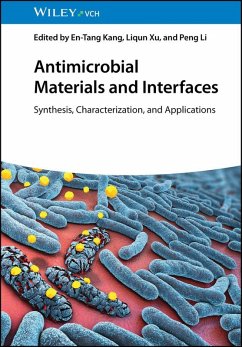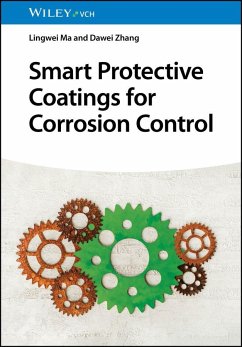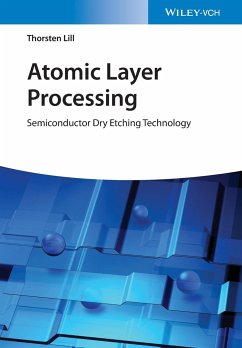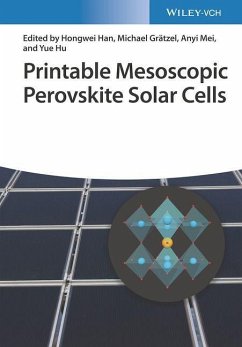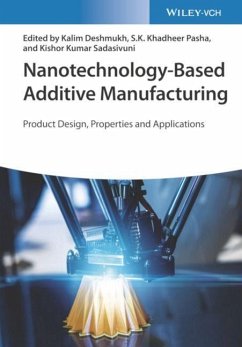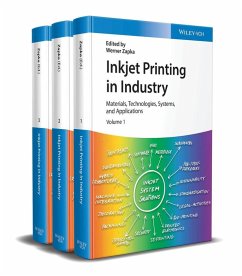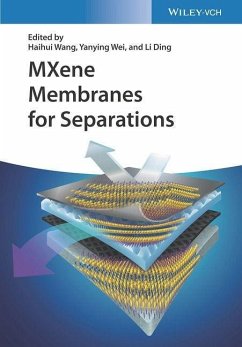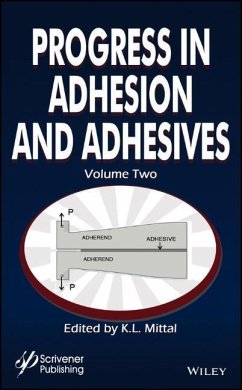
Handbook of Self-Cleaning Surfaces and Materials
From Fundamentals to Applications
Herausgegeben: Fujishima, Akira; Irie, Hiroshi; Zhang, Xintong; Tryk, Donald A.

PAYBACK Punkte
105 °P sammeln!
This first truly comprehensive work on this hot topic in divided into two easy-to-follow and clearly structured volumes. The first covers the fundamentals while the second volume illustrates a wide range of different applications, including self-cleaning glass, tiles, textiles, paints, and antibacterial materials.
A one-stop guide to the field for PhD students and postdocs, as well as researchers in academia and industry.
A one-stop guide to the field for PhD students and postdocs, as well as researchers in academia and industry.






